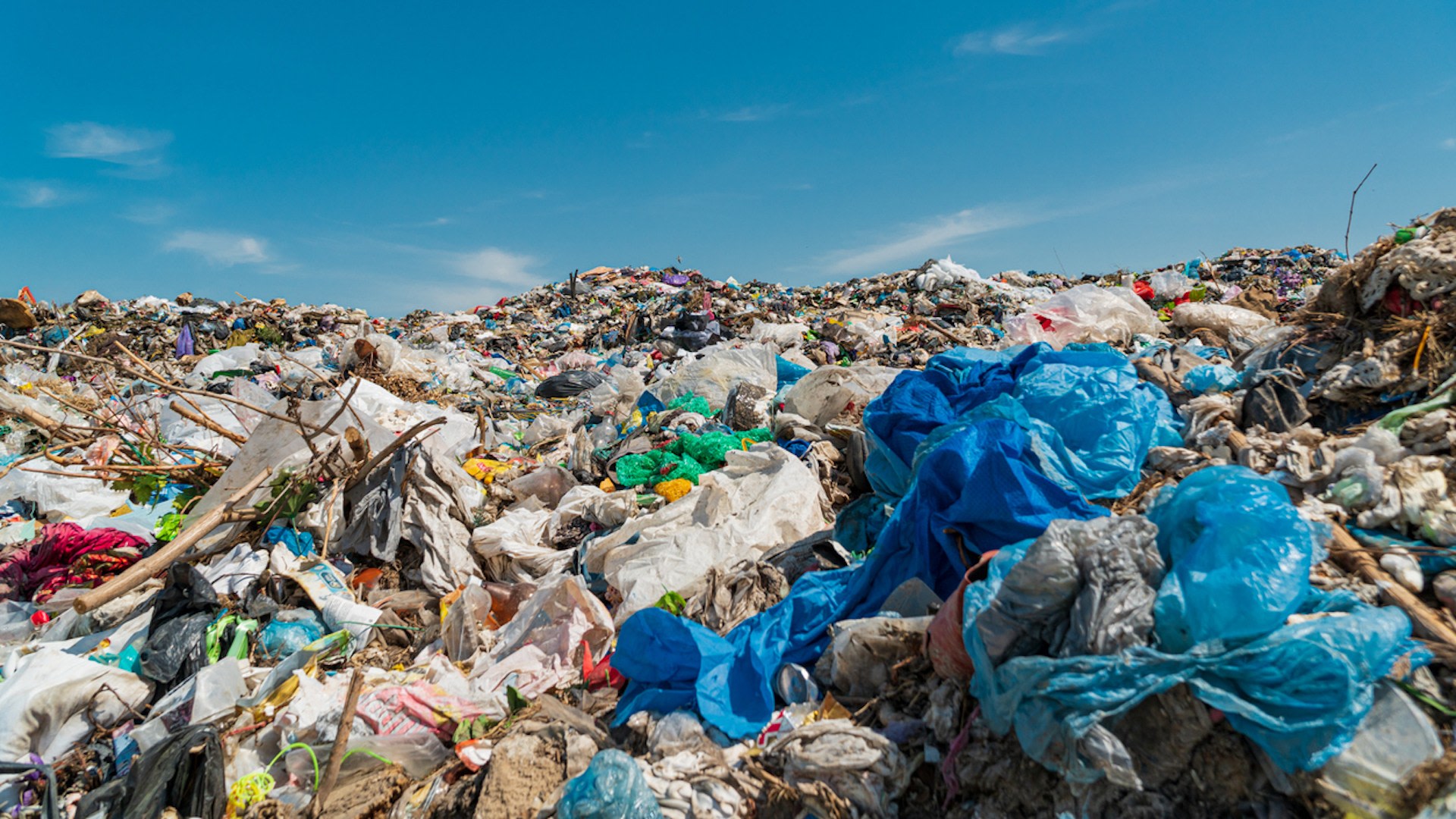In America, most plastic goes into landfills or is burned at the end of its life, which can contribute to pollution. According to a new study, 57 million tons of plastic are entering the environment each year as pollution, WDTV reported.
What's happening?
The study, authored by University of Leeds environmental engineering professor Costas Velis, examined waste from 50,000 cities and towns around the globe. According to WDTV, it found that enough plastic is entering the environment to fill Central Park in New York City to the height of the Empire State Building (1,250 feet).
About two-thirds of the plastic pollution comes from the Global South, including Southeast Asia and sub-Saharan Africa. Much of it takes the form of microplastics — fragments of plastic tiny enough to end up in drinking water and inside the human body. Another recent study determined that there are 170 trillion pieces of plastic in the ocean, mostly microplastics.
"The big time bomb of microplastics are these microplastics released in the Global South mainly," Velis said, per WDTV. "We already have a huge dispersal problem. They are in the most remote places ... the peaks of Everest, in the Mariana Trench in the ocean, in what we breathe, and what we eat and what we drink."
Despite the location of much of the plastic pollution, Velis said that we shouldn't blame the Global South for the lack of resources that leads to pollution and that this is "everybody's problem."
In fact, as Theresa Karlsson, science and technical adviser to International Pollutants Elimination Network, pointed out to WDTV, the study doesn't account for trash that is exported from the Global North to the Global South.
Why is plastic pollution important?
All of that plastic ends up in the environment — including in our water, food, and air. WDTV reported that recent studies have found microplastics in drinking water as well as human hearts, brains, and testicles.
The long-term effects of microplastics in the human body are still being studied, but so far they've been linked to cancer, dementia, and other health issues.
What's being done about plastic pollution?
As some experts pointed out, the end of plastic's life cycle is the wrong place to focus, and we should look at over-manufacturing instead.
🗣️ Do you think America has a plastic waste problem?
🔘 Definitely 👍
🔘 Only in some areas 🫤
🔘 Not really 👎
🔘 I'm not sure 🤷
🗳️ Click your choice to see results and speak your mind
"These guys have defined plastic pollution in a much narrower way, as really just macroplastics that are emitted into the environment after the consumer, and it risks us losing our focus on the upstream," said Neil Tangri, senior director of science and policy at Global Alliance for Incinerator Alternatives, per WDTV. "It's necessary, but it's not the whole story."
Individuals can help stop the spread of plastic trash by supporting companies that offer plastic-free packaging and products.
Join our free newsletter for good news and useful tips, and don't miss this cool list of easy ways to help yourself while helping the planet.









